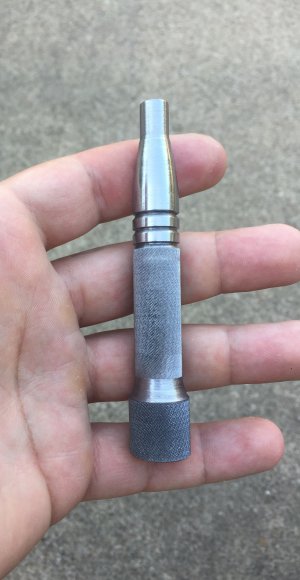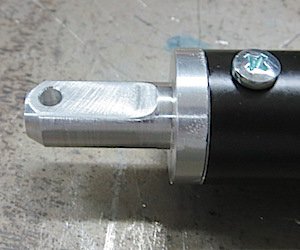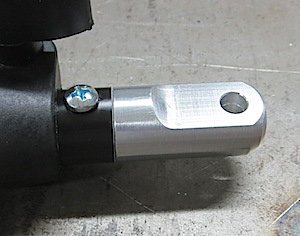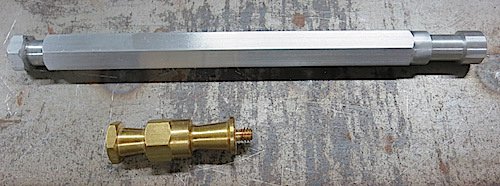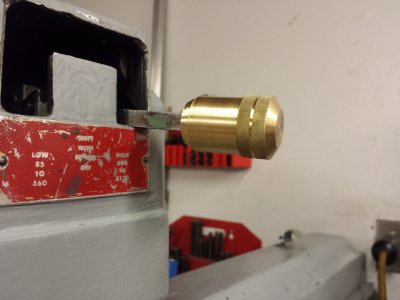I've spent the day turning up a test bar that is about 15 inches long .
It's being driving me stupid for even though I precisely wrote down the metric measurements nothing seemed to work no matter how gentle I was in putting 1/12 of a turn on the adjuster after slackening off the other then nipping the slackened off one up tight . It was either a few thou too much at the tail stock or a few too small.
I left things set up in the lathe and went to collect some parts and food shopping .
On coming back home & after lunch before I started things up again I decided to recheck the dimensions .
Everything was within 0.04 of a mm ( 0.001968504 thou ), puzzled , I put my thinking cap on...Bingo!
The metal had cooled down along it's length , like a twit I'd been using some aluminum bar it and it had become slightly warmer at the head stock end because I'd been using the lathe for three hours to really just warm it up to check/adjust the Timkin taper bearings as per the ATLAS MOLO . I found a slight tightening & the 1/6 turn pre-load was needed .
This is the first time I've run the lathe long enough to get it to proper working temperature warm under turning loads. Other times I did the bearing slap & end float test , it was left to run light for 1/2 hr with just the chuck on it . I guess it never got properly warmed up in such a short time.
I also set up the micro rate feed on the gears and used them to auto strip the ally bar down for the test piece.
It's given the bar a nice finish , but I can still identify the microscopic grind stone marks left on the cutter tip , despite me honing the tip on a nickel/diamond sharpener slab .
My next project appears to be , " Save up the dosh to buy a decent stone set for the grinder "
The cold bar recheck figures with the cool micrometer are even better @ 0.03 of a millimeter on the ratchet ( 0.001181102 ) between the ends over 15 inches .
I think I'll replace the simple slotted end of the threaded rod adjuster screws in the tailstock with some decent Allen key cap UNF screws , as it's far easier to accurately adjust things with these rather than use a screwdriver in a sloppy screwdriver slot.
